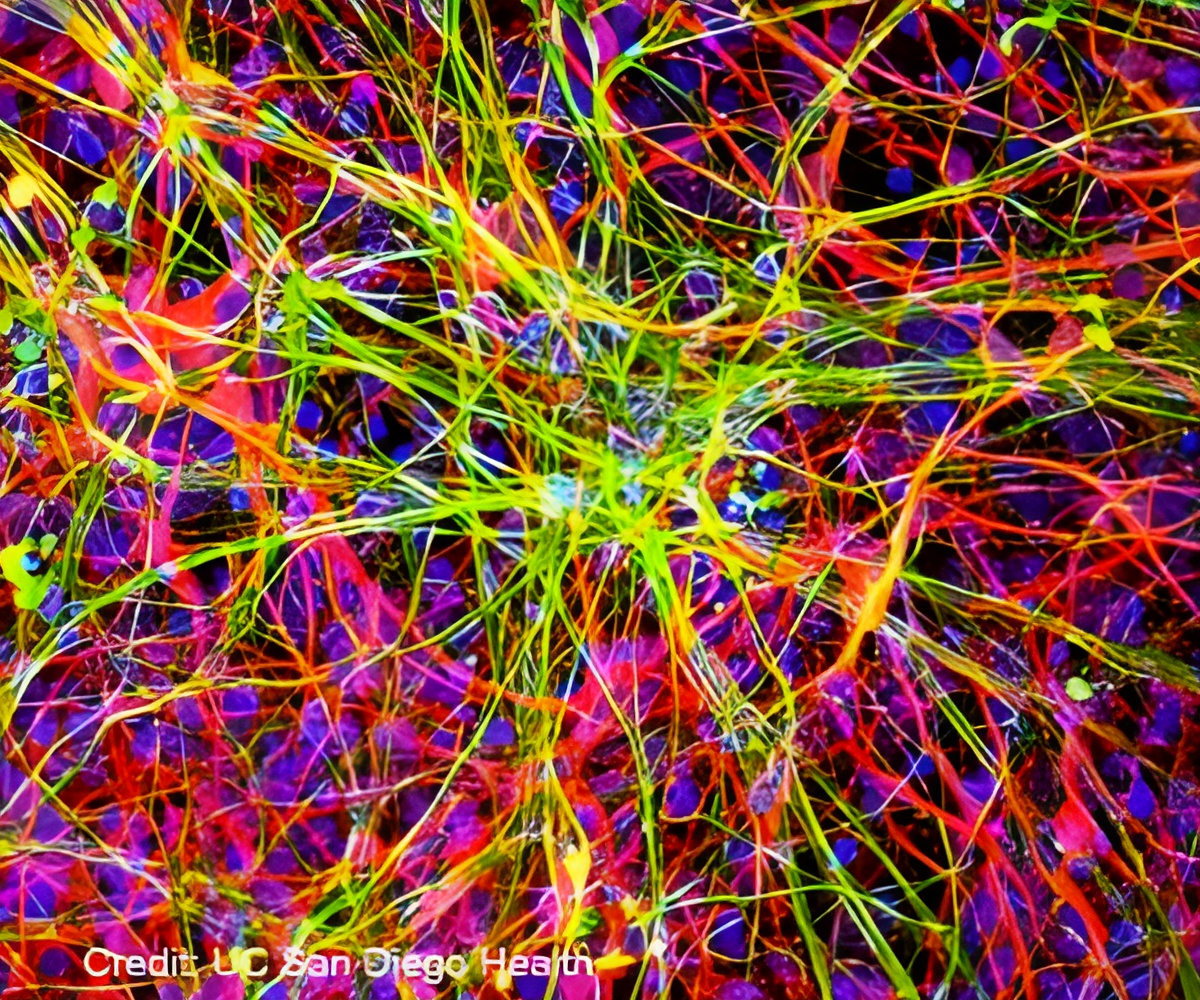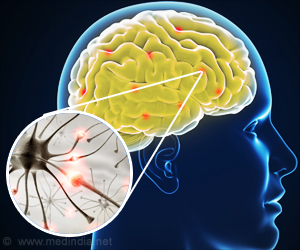
‘RNA based therapy as a treatment for amyotrophic lateral sclerosis (ALS)’
Tweet it Now
ALS, also known as Lou Gehrig's disease, is a devastating neurological condition affecting more than 20,000 Americans. The disease greatly diminishes patients’ quality of life and is terminal. ALS affects a special kind of nerve cell called a motor neuron. These motor neurons enable us to move our bodies. Currently, there are no effective treatments for ALS, largely due to poor understanding of how the disease initiates and progresses at the molecular level.Yeo’s team studies RNA-binding proteins and their ability to control how, when and if cells make certain proteins. To unravel the role RNA-binding proteins play in ALS, Yeo’s team gathered skin cells from four patients with the disease — three with mutations in the hnRNP A2/B1 gene, one with a mutation in a different gene — and two healthy volunteers as controls. The researchers coaxed these skin cells into becoming a special kind of stem cell called induced pluripotent stem cells (iPSCs) and ultimately turned these patient-specific stem cells into motor neurons. This technique provided them with personalized models of each patient’s disease, in a laboratory dish, where it’s easy to do experiments.
To determine the effects of the mutant hnRNP A2/B1 proteins in these samples, the researchers then measured the activity of thousands of genes in each of the ALS and healthy motor neuron samples. In the ALS patient samples, Yeo and team found that the hnRNP A2/B1 mutation these patients had didn’t merely disable the protein. Instead, the mutation gave the protein new toxic properties that scrambled RNA processing, and ultimately led to the death of motor neurons.
Yeo said these findings may have important implications for their collaborators and others who are developing therapeutics that aim to treat disease by targeting RNA.
“These RNA-targeting therapies can eliminate toxic proteins and treat disease,” said first author Fernando Martinez, a graduate student in Yeo’s laboratory. “But this strategy is only viable if the proteins have gained new toxic functions through mutation, as we found here for hnRNP A2/B1 in these ALS cases.”
Advertisement
“Drugs that lower the exaggerated reaction to stressors that we saw in motor neurons from ALS patients may also prove a powerful therapeutic strategy,” Yeo said. “It is likely that multiple, multi-directional shots at goal will be needed to treat this debilitating disease.”
Advertisement
This research was funded, in part, by the National Institutes of Health (HG004659, NS075449, U54HG007005, T32GM008666, T32CA067754), CIRM (RB3-05009, RB4-06045), ALS Association (VC8K27), Alfred P. Sloan Foundation (fellowship BR2011-023) and National Science Foundation Graduate Research Fellowships (DGE-0707423, DGE-1144086, DGE-1144086, DGE-1650112).
Source-Eurekalert









